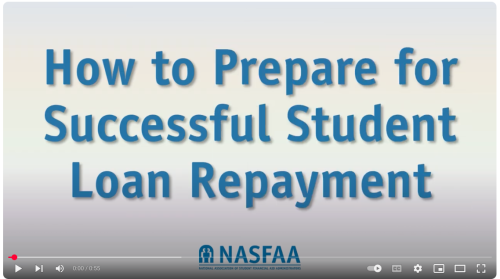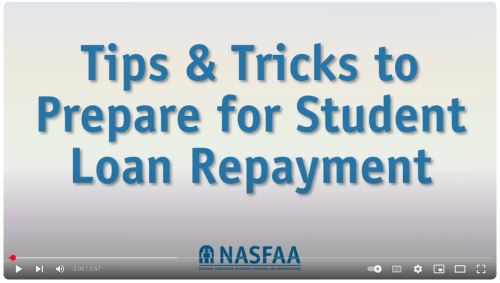For most federal student loans, repayment starts six months after you graduate, leave school, or drop below half-time enrollment. This six-month period is known as the grace period. Your first payment is typically due 30-45 days after the grace period ends.
Whether your education loans are federal or private, each comes with its own set of repayment plans and consolidation opportunities. Knowing your options is key to managing your finances effectively.
Explore the details below to get a clear picture of your repayment responsibilities and options.
Federal Student Aid offers resources for borrowers as federal student loan repayment begins:
Federal Loans
Access your federal borrowing history here.
Non-Federal Student Loans
The Bank of North Dakota (BND) offers several repayment options for BND student loans. View details of repayment plan details here or contact BND directly for more information here.
For loans from other private lenders, refer to the documentation or emails you received when your loan was approved for specific details about repayment terms and borrower benefits.
Any student with an outstanding federal student loan balance is required to complete Loan Exit Counseling upon:
- Graduating
- Withdrawing from NDSCS (even if you plan to transfer to another school)
- Dropping below half-time student status
Exit counseling explains your rights and responsibilities as a student loan borrower and provides:
- Your outstanding loan balance
- An estimated monthly payment amount
- An explanation of the various repayment plans
- Pros and cons of loan consolidation
- Information regarding loan forgiveness, deferments, and forbearance
How to Complete Exit Counseling:
- Visit StudentAid.gov and log in with your FSA ID.
- Under “Loan Repayment,” choose “Loan Exit Counseling.”
It takes approximately 20 to 30 minutes and must be done in one sitting.
Student loans are a serious financial responsibility. Missing payments can lead to long-term consequences like:
- Damaged credit
- Wage garnishment
- Collection fees
- Loss of eligibility for future federal aid
- Use TISLA (The Institution of Student Loan Advisors) for free, neutral, and clear student loan advice to assist in navigating the complexities of student loan repayment programs.
- Consumer Financial Protection Bureau is a trusted and reliable resource for students seeking information on student loan repayment. As an independent U.S. government agency, the CFPB is dedicated to protecting consumers and ensuring they have access to clear, accurate, and unbiased financial information.
- Check out Get Smart with My Money – a research-based tool that defines your money personality and helps you learn how to improve your financial well-being.

